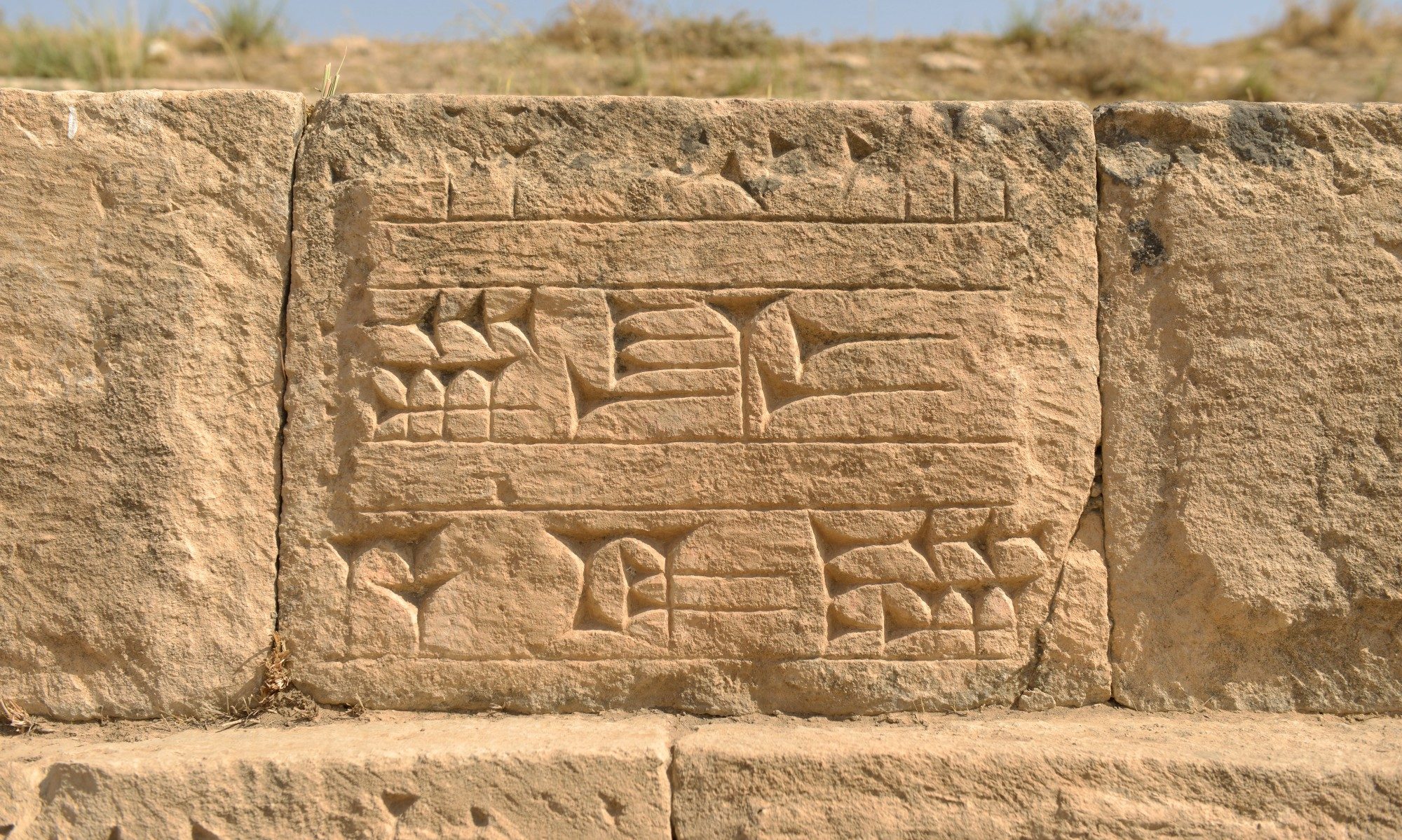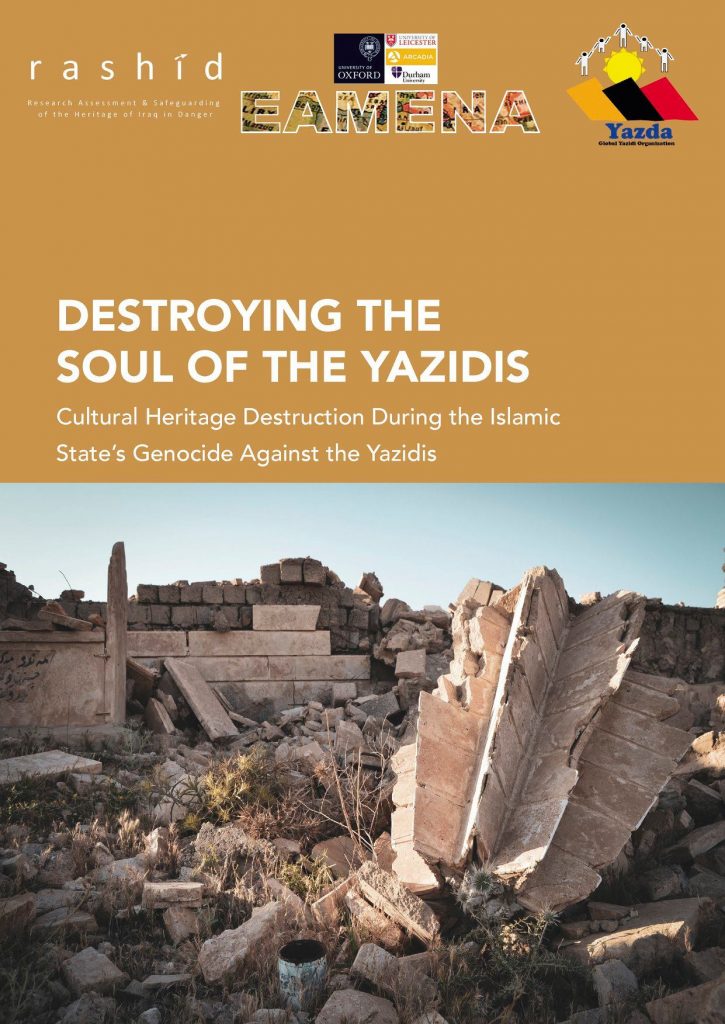On 2 August 2019, the eve of the 5th anniversary of the attacks on Sinjar by the Islamic State (IS), RASHID International, Yazda and the Endangered Archaeology in the Middle East and North Africa Project (EAMENA) released the results of their investigation into cultural heritage destruction during the genocide against the Yazidis, in a report entitled ‘Destroying the Soul of the Yazidis: Cultural Heritage Destruction during the Islamic State’s Genocide against the Yazidis’.
Out of the total of 68 sites reported destroyed we consider 16 sites in the Bahzani/Bashiqa area and 8 in the Sinjar area to which access was possible and which could be documented.
‘In producing and publishing this report on the eve of the 5th anniversary of Daesh’s genocidal assaults on the peace-loving Yazidi peoples of northern Iraq, we aim to keep in the public eye the magnitude of suffering and persecution endured by the Yazidis in the summer of 2014 and in following years’, says Professor Roger Matthews, President of RASHID International.
Discussions of the genocide committed against the Yazidi people by IS from 2014 onwards have generally focused on murder, slavery and sexual exploitation. In this report we analyze the destruction of Yazidi tangible and intangible cultural heritage as a significant facet of the Islamic State’s policy of ethnic cleansing and genocide. Evidence of destruction is collected and presented in context with other criminal acts.
Section 1 introduces the Yazidi (Êzidî being the preferred term) people and their strong connection to their cultural heritage.
Section 2 provides an overview of the genocide against the Yazidis. The Islamic State made no secret of its intention to eradicate the Yazidi community and commenced a coldly calculated policy of ethnic cleansing and genocide on 3 August 2014.
Section 3 analyzes the relevant framework of international criminal law. The destruction of tangible cultural heritage is most easily prosecuted as a war crime. Several convictions were obtained before the ICTY, as well as one conviction (Al-Mahdi) and one indictment (Ag Mahmoud) before the International Criminal Court. Attacks against tangible heritage may also be prosecuted as the crime of persecution, a crime against humanity. Numerous indictments and convictions before the International Criminal Tribunal for the Former Yugoslavia (ICTY) and other courts attest to the viability of this approach. Finally, destruction of tangible heritage also serves as evidence of the special intent to destroy (dolus specialis) a protected group as part of the crime of genocide.
Section 4 provides original research, evidence and context on the destruction of Yazidi tangible cultural heritage in the Bahzani/Bashiqa and Sinjar areas of northern Iraq. We present satellite imagery analysis conducted by the EAMENA Project, drawing on data provided by Yazidi representatives. According to the Department of Yazidi Affairs in the Ministry of Awqaf and Religious Affairs in the Kurdistan Regional Government 68 Yazidi sites were destroyed by the Islamic State. We consider 16 sites in the Bahzani/Bashiqa area and 8 in the Sinjar area to which access was possible and which could be documented. We include description and religious importance of each site, satellite analysis and photographic evidence.
Section 5 offers conclusions and recommendations. We conclude that the destruction of the cultural heritage of the Yazidi people constitutes a war crime, a crime against humanity (persecution) and further evidence of genocide.
‘There is strong evidence of the systematic intentional destruction of tangible cultural heritage by the Islamic State, coupled with the systematic attempt to destroy Yazidi traditions, memories, customs and other forms of intangible cultural heritage through a coordinated policy of murder, slavery, sexual exploitation and brainwashing of children,’ says Seán Fobbe, Chief Legal Officer of RASHID International and lead author of the report.
NOTE: The report has been added to the permanent archive of CERN in Geneva to ensure long-term availability and is citeable with a persistent digital object identifier (DOI) under: https://doi.org/10.5281/zenodo.3826125 (latest version) or https://doi.org/10.5281/zenodo.3826126 (version 1.0.0 – prefer the version DOI in academic works.)


